Erich Bertti – Artful Light
Posted on May 5, 2025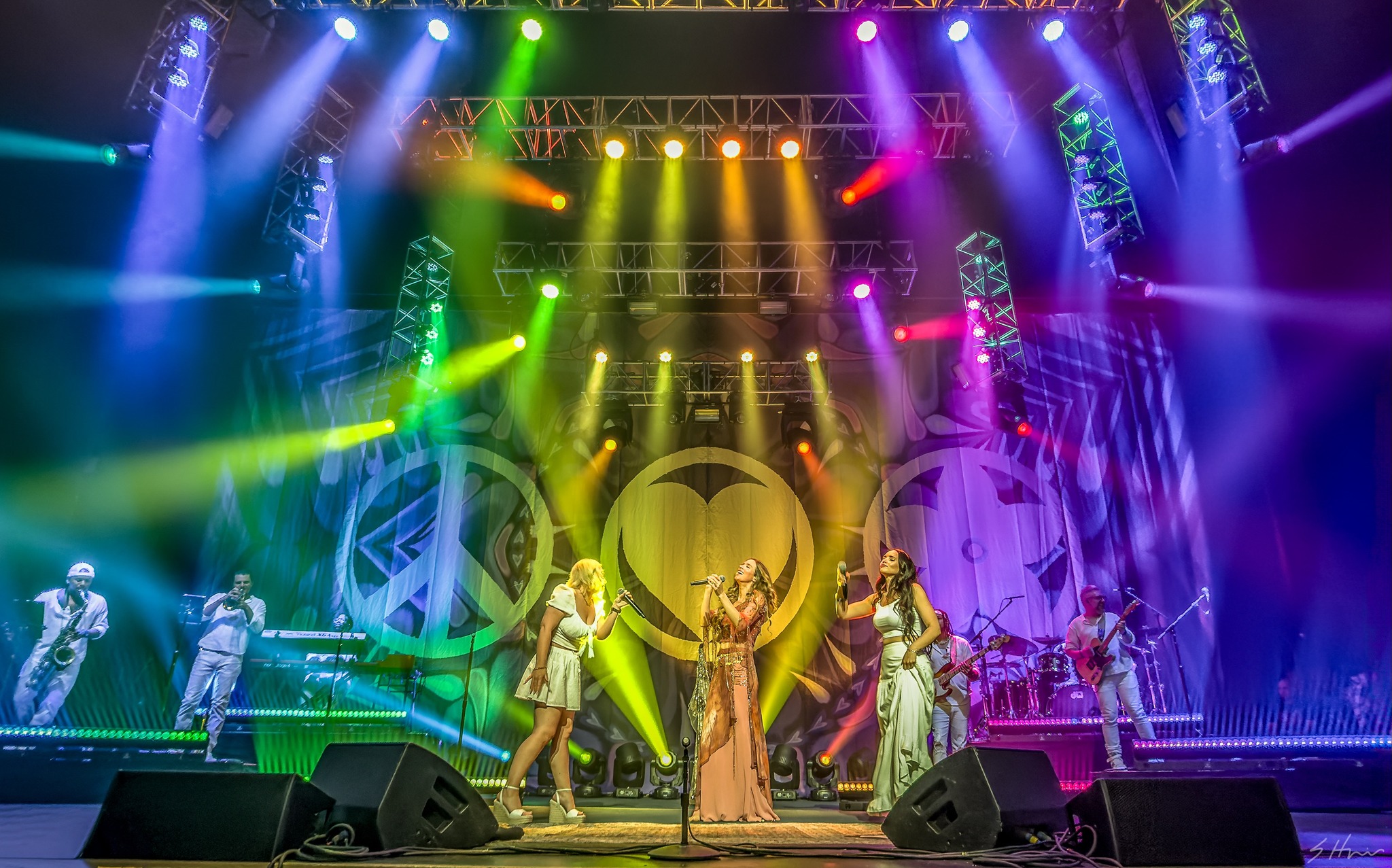
Design may be a close cousin of art, but in the end the two reside in two very different, though not dissimilar, worlds. Where art follows its own path, firmly in control of its destiny, design serves a more functional role, bringing the concepts of others to fruition. This Parnelli-nominated Brazilian designer certainly appreciates the distinction, but still, he insists on keeping a deeply held sense of art at the center of his vision when lighting for clients like Ghost, Joss Stone and Lallapaloosa Brazil.
Although he is intimately familiar with, and skilled at, using software programs, Erich Bertti invariably begins every design by first sketching out his ideas with pencil and paper. What better way to get closer to its artistic core? After all, it is in this nurturing space where he can find the inspiration that gives his designs their distinctive character. Most often, that character is animated by a powerful dramatic element, reflective of his background in theatre.
Driven by his personal vision, Bertti finds unique ways to realize his creative aspirations, sometimes, he even admits to breaking a rule or two when it comes to choosing a color or light angle. In the end though his work always arrives at the same place, fulfilling its role as a design to cast his clients in the best light.
Bertti talked to us about the power of converging art and design.
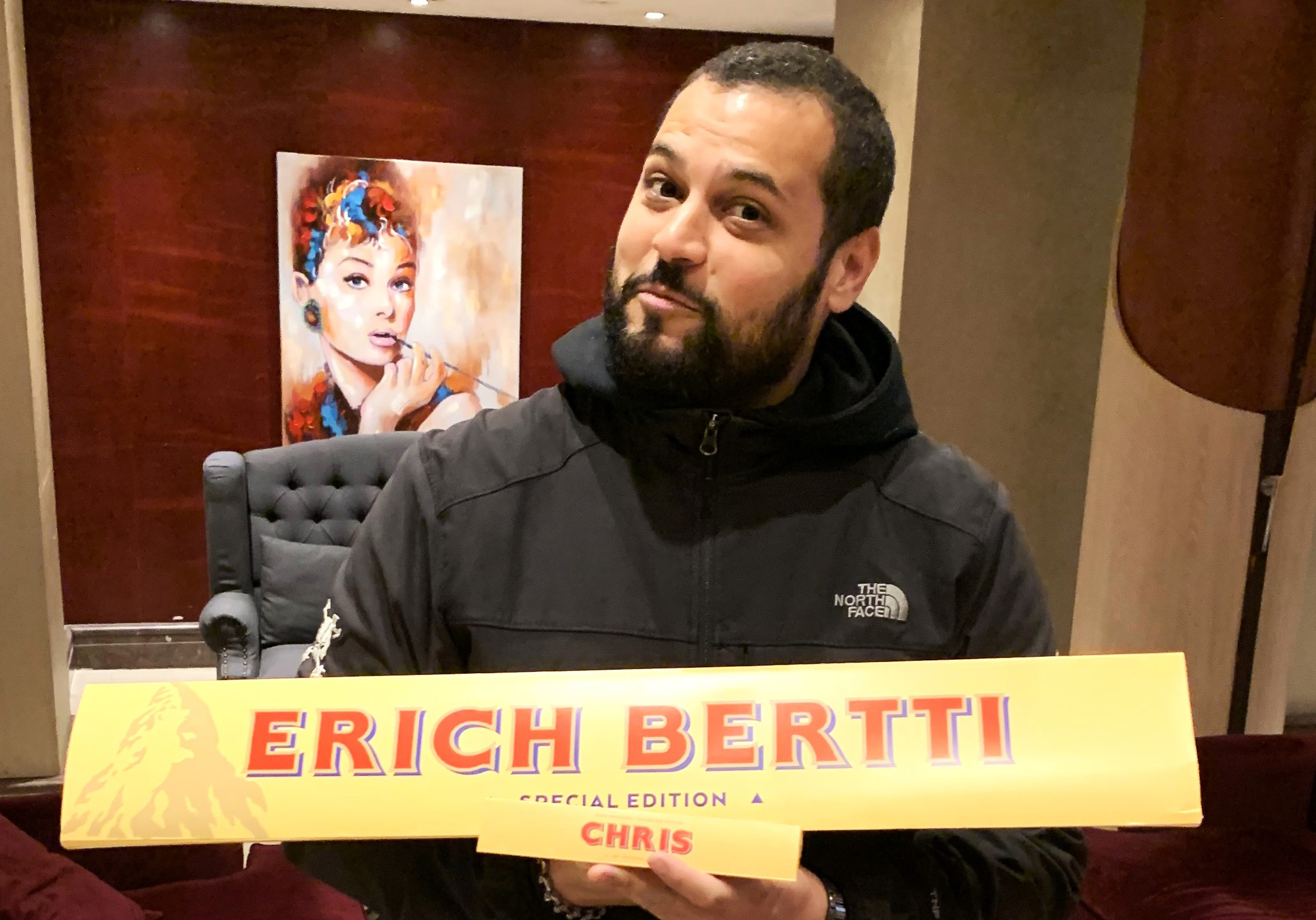
In much of your work, most notably for Ghost, you tend to go with tall, vertically oriented designs with high trims, creating a powerful cathedral like effect. Can you tell us a bit about why you like this sort of towering look?
“I love when a design can be a statement by itself. With an aggressive rake the structure becomes part of the show even when few lights are on or when you can light it to play with its form. For me is all about versatility and this setup adds another point for me to play with.”
You once said that lighting designers should go beyond working in a single genre if they want to reach their full potential. Why do you think that is?
“Not only genres of music but different types of production as well. I believe firmly that one needs to pursue constant evolution of one’s — craft and this always comes from experimentation and being out of the comfort zone. Broadcast, corporate, sports, theater, concerts… every gig is different and every experience is valuable.”
In your own work is there any one specific genre that has had the greatest overall general influence on your work, to the point where it affects how you design in other genres?
“I have always been a rock guy. By chance or fate, I ended up starting with Metal bands and have made a more successful path alongside this genre. By working a lot with powerful riffs and brutal drums I’d say this influence my work into a more musical aspect, even on other areas.”
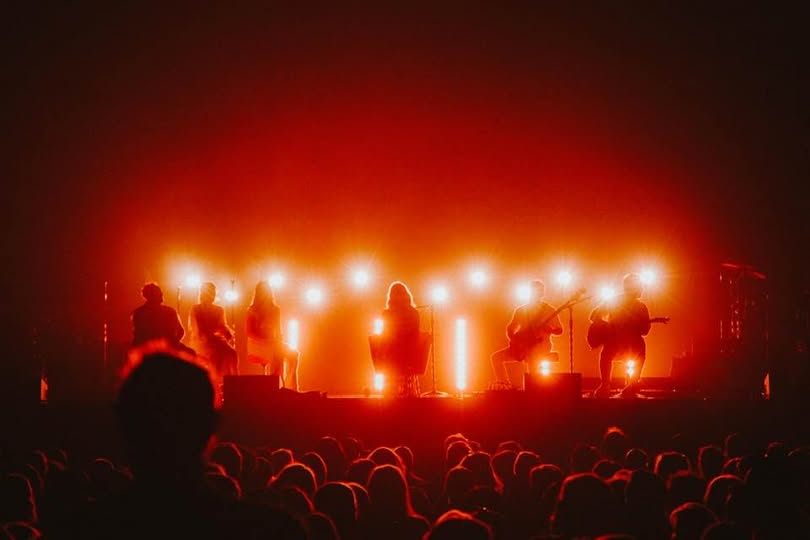
Along similar lines, we’ve always been impressed with the theatrical elements you bring to those touring designs. Do you think touring designs in general are becoming more theatrical in nature?
“Fortunately, I had a couple of years touring with a theater show and that added a lot to my knowledge. I remember being very excited when I was able to put some of it into a concert one day, as y Ghost happened and made it possible. In general, I do think productions are getting more and more theatrical, I’d even say that storytelling has been added to some, with video content, amazing props and set, complex choreography and even illusions like levitating. The only downside of this road in my opinion is that budget has become an even bigger struggle than before when so many factors come into play. ”
Speaking of Ghost, we loved the way you used color on their tour. What factors into your decisions on which particular color palette to use for a show?
“I have a slow creating process. I need to listen to the song alone many times to really understand what it urges me to do. I don’t play any instruments so I receive the song as a regular audience person. Once that’s “imprinted” on me the process flow and the colors just come. Of course, lyrics play a big part on it but generally I don’t ‘play by the rules’ of happy/warm or sad/cold palettes and such.”
You’ve said that keeping up with technology is a never-ending race for designers. How do you balance art and technology in design. Do you think there will ever be a danger of technology overtaking the design process?
“Unfortunately, yes to your last question. Nowadays with multi instance fixtures and super bright LEDs, it’s becoming quite common to see shows that just focus on their fixture’s abilities, or just blind eye-candy effects. These can be difficult times when you want to create something interesting and delicate, since information is so hectic and fast. People are used to see clips, reels, whatever and to want that even if the context couldn’t be further from what’s being created.”
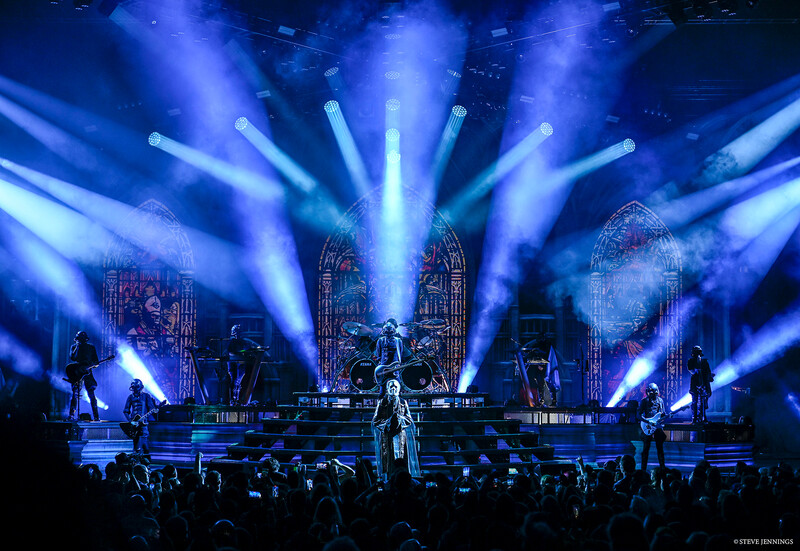
How do you see AI influencing your work?
“Influencing my work? Definitely no. I couldn’t be further away from this whole movement. But influencing the business it already has and I don’t think it’ll stop.”
Do you have to like a client’s music to do a good job lighting it?
“No, but it sure helps lol.”
What are the most important personality traits you think a lighting designer should have?
“Team play mindset and people skills.”
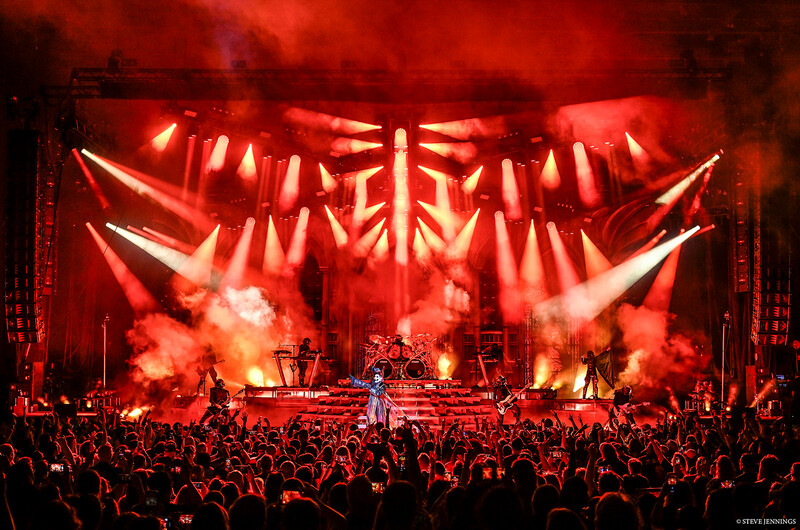
It seems like lighting design and video design have become more interwoven today. How do you balance light and video?
“I love video content that is unique, made specially for the production at hand. On my designs I normally don’t use video exactly because I still navigate on budget issues. For me video and lighting should be considered as one and the same: visual identity.”
Lighting design and production design have also become more connected. What’s the key to having a good creative relationship with a production designer
“Team play mentality. It’s all about understanding your part and your purpose.”
You’ve done some stunning work for Lollapalooza Brazil. How did that differ from lighting a tour?
“Designing for a festival is always tricky because you have a client to answer but also to consider the artists that will perform and their needs and demands. It’s challenging which makes it fun.”
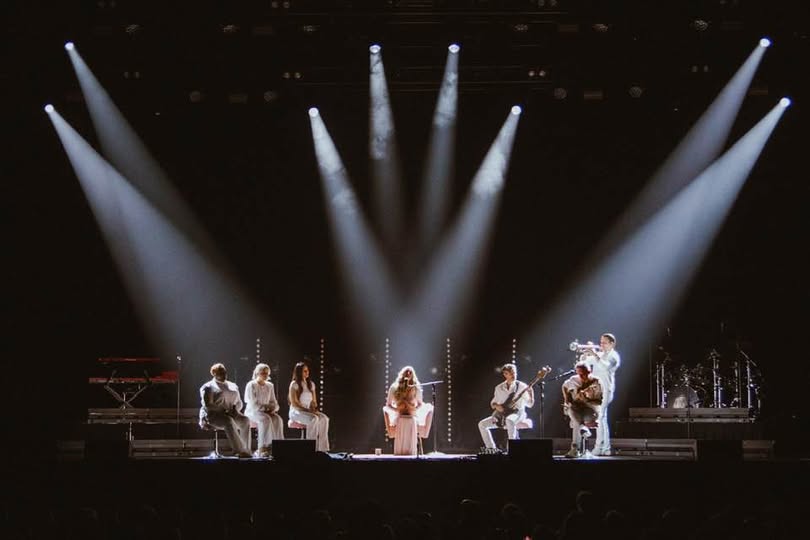
How do you get inspired at the start of a project? Do you ever procrastinate in the beginning?
“For me it always start with solitude. I have a notebook where I draft things with the good old pencil and from there things go to the software, so I can move around and experiment. Procrastinate has become a too common “enemy” in these last years now that I have two kids and often wish the day had 36 hours.”
Looking at all the artists who ever lived and aren’t around anymore. Is there one that you wish you could go back in time and light?
“Michael Jackson and Frank Sinatra.”
Can you tell us how you got started as a lighting designer?
“It took me many years as a lighting tech and project manager until I had my chance. My first LD gig was a heavy metal band called Massacration, which would be the Brazilian equivalent to Steel Panther. It was a rig of par cans and movers.”
What do you regard as your greatest strength as designer?
“It’s never fun to talk about yourself but since I have to say something I’d say my ability to navigate issues and make it work regardless of the challenge. I also come from a school of “less is more” and have done my share of good 12-fixture shows throughout my time.”
How about your greatest weakness?
“Nowadays procrastination, as we discussed, but realistically my life’s being troubled with health and personal issues that I don’t see myself working any other way. Things have taken longer than expected or wanted – and sometimes frustration comes into play. Anxiety has always been my major weakness but with age I’ve been learning how to accept what I can control and what I cannot.”
What is the one thing you want people to know about you as a lighting designer?
“I do it for passion.”